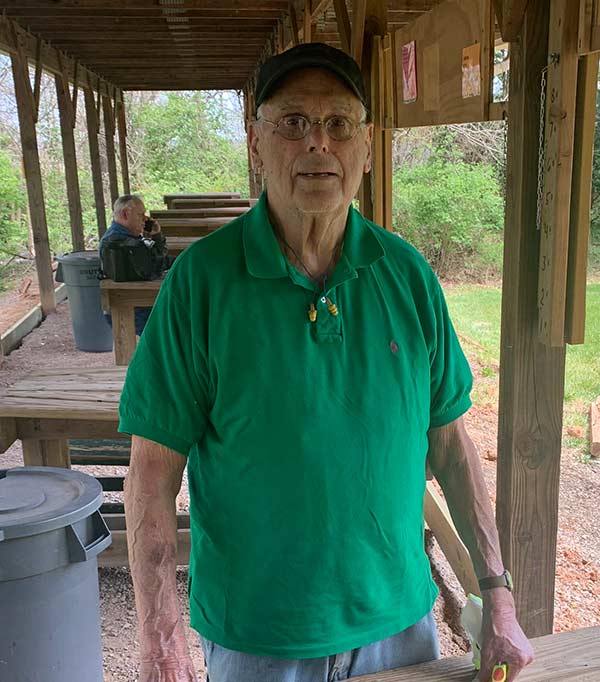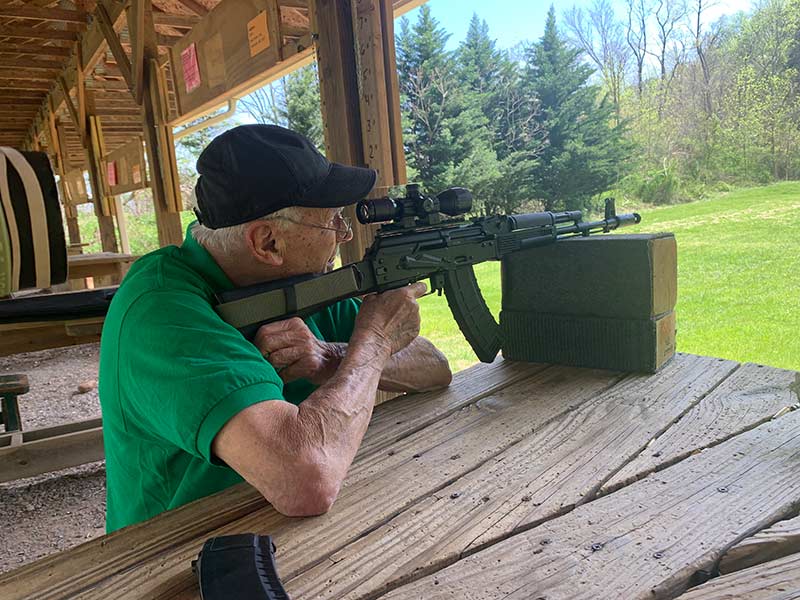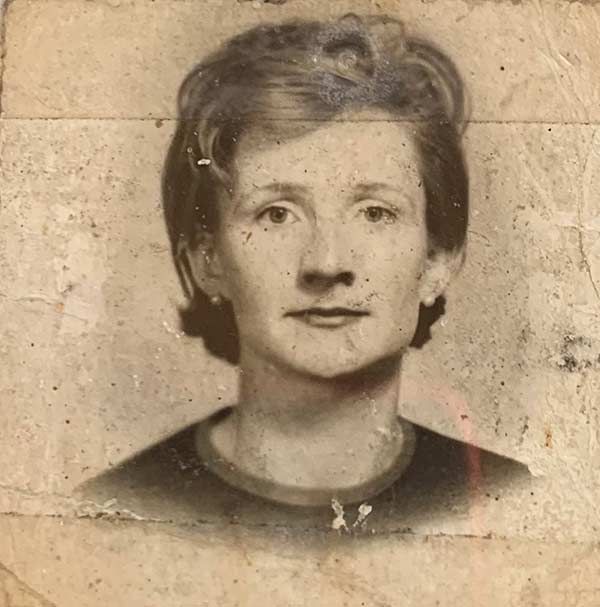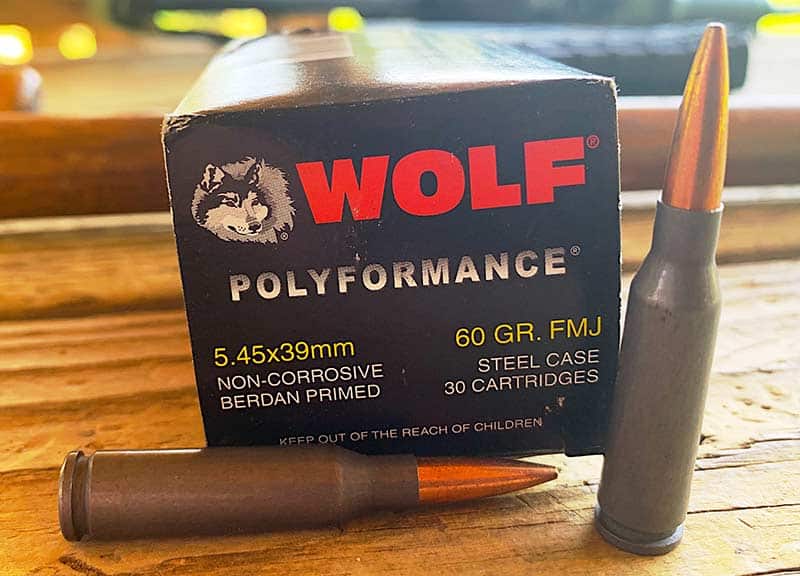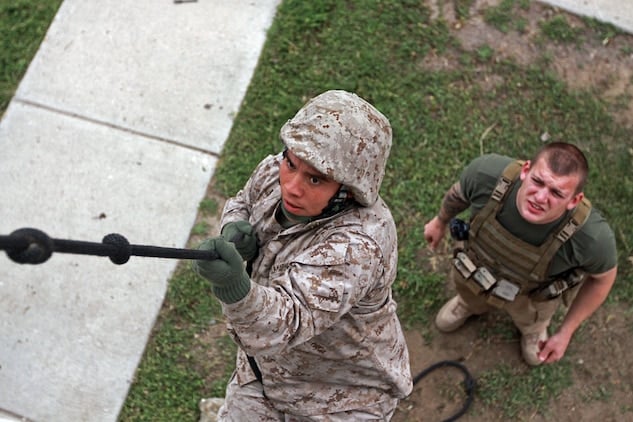Reliability brings us the same comforts as a warm shelter and full stomach does. Maybe that’s why everyone loves Stan so much? You see, Stan shows up every weekend at our club shooting range. There’s nothing extraordinary about him, unless you count the fact, he’s 92. Some guys show up just a much, but they’re nowhere near as loved as Stan.
Sure, he moves slow, but he’s moving. He takes his time carrying his cased rifle to the bench he’ll be shooting at. Then he gets a few sandbags, a couple of carpeted shooting blocks of wood and shuffles them to his bench. On weekends our range has designated range officers (RO), usually four. When Stan comes, most of the RO, if not busy, help Stan get set up, carrying his blocks and bags for him to his bench.
They’ll help set his target up, usually running it out to the 100-yard line for him. Stan doesn’t ask for help but appreciates the helping hand. He’s earned the respect of every RO at the club with his grit and determination. He just doesn’t give up. He comes every weekend to shoot, while obviously in pain. As he says, “beats sitting at home doing nothing.”
Smoke Poles
Stan’s favorite shooting rifles are muzzleloaders, beautifully built muzzleloaders. Some were built by Stan, some were bought as is, others were repaired by him. He shoots both flint locks and cap lock guns. He has a steady, methodical ritual when loading his guns. Taking his time, he looks around, smiling, taking in the day, as he loads. Even with the muzzleloaders crude sights and his aging eyes, everyone is amazed how well he still shoots.
As Stan shoots and reloads, everyone always stops by to talk with him. He’s that kind of guy. He usually tells a story if prodded. He grew up in the Bronx and is a Korean War veteran. He married his sweetheart after the war, was a successful businessman, and had several children, two of which are doctors. After the war, he continued his fascination with guns.
Surprise! Surprise!
This past weekend, as I write this, it was one of my days to be RO. It was a beautiful day, steady with shooters, and filled with good conversation naturally about guns, handloading and the latest politics.
Around 1 o’clock I see the unmistakable silhouette of Stan walking towards the range house to sign in. The range being slow at this time, everyone acknowledges Stan, helping him get set up. I help Stan carry his cased rifle to his bench, asking him what muzzleloader he brought this day. Stan chuckles, saying I got a surprise for you today.
Stan unzips the case, revealing a scoped AK-74 rifle. He goes on explaining it’s the only scoped rifle he owns, stating, “ever since my eye stroke, I can’t see the front sights on my muzzleloaders. So, Stan improvised, bringing his AK-74 to the range so he could enjoy some rest and recreation. I just laughed when I saw the rifle, surprised a die-hard muzzleloader man would have such a rifle. Not that there’s anything wrong with having an AK-74 rifle. Heck, everyone should have at least one.
Stan goes on telling me about his monthly injections in his eye to hopefully regain vision in it. He says it’s slowly starting to get better. He hopes to be shooting his muzzleloaders before too long.
There’s More…
This naturally led to a discussion on today’s Russia/Ukraine conflict. Stan stated his ancestors were from Ukraine, before immigrating here, to the Bronx. Stan continues about meeting his wife, even showing me a picture of her when they first met.
We close the range at 5 p.m. and Stan was waiting for the range to go cold, so he could retrieve his target. Of course, I offer to get it for him. Ol’ Stan had every shot in the black bullseye, his entire box of 5.45X39 in about a 4-5” group. I ask Stan if he wants the target and he says, “yes, because you never know when your last day of shooting will be, and I can always look at the target and remember…”
Be Like Stan
I don’t know why this story touches me so, but it does. Maybe its because if we’re lucky enough, we will live to be as old as Stan. I know I was tickled by his diverse choice of guns, but I shouldn’t have been. Gun guys like every type of gun as we rotate through every type of gun type there is, eventually. I know I’m looking at AK-74’s now after shooting Stan’s.
Also, his grit is lovable, making it to the range every weekend and his statement, “beats sitting on the couch.” When I asked Stan how old he was he replied, “92, can you believe it?” I replied, “that’s great!” And he chuckled, “not for me, I hate it” showing we’re still the same 13-year-old voice in our head as our bodies and time betray us.
All I can say is try and be like Stan. He’s truly worthy of someone to aspire to.
